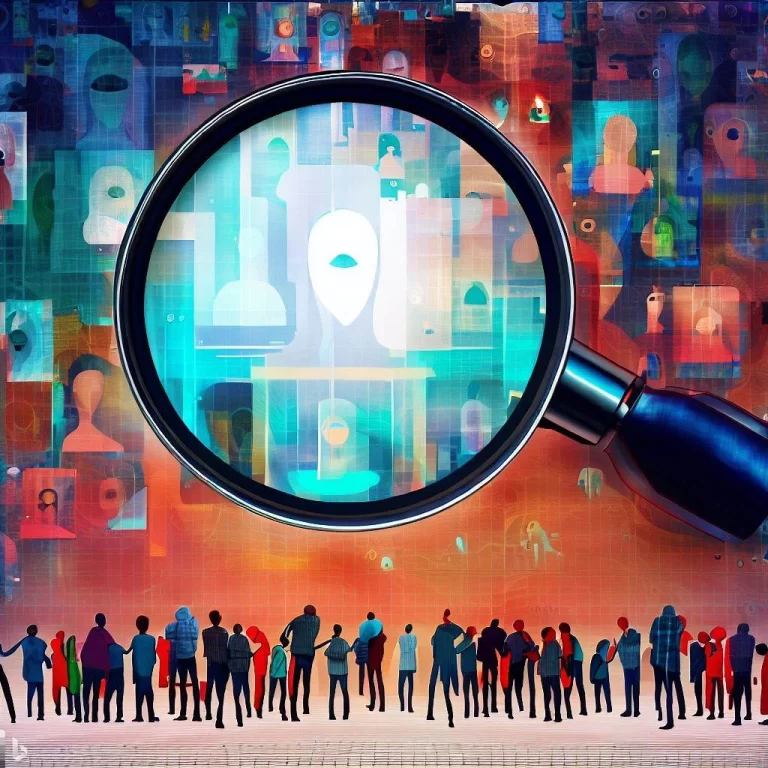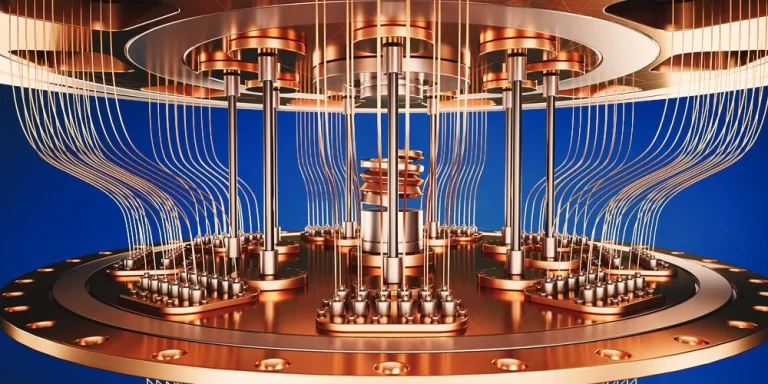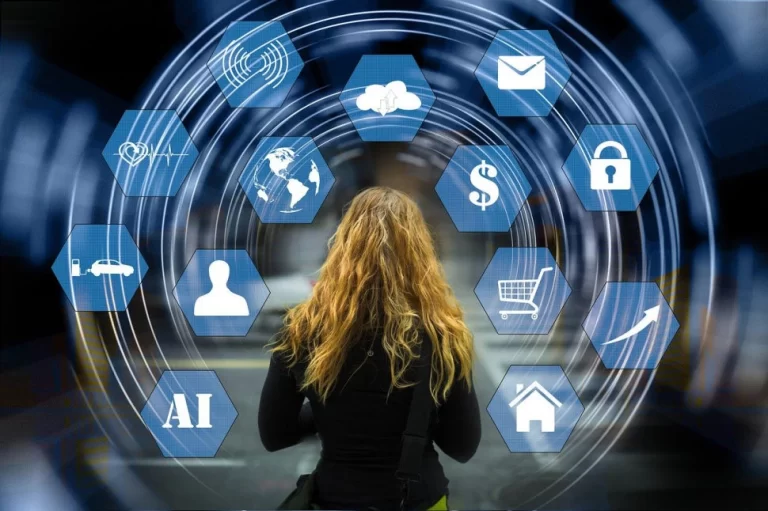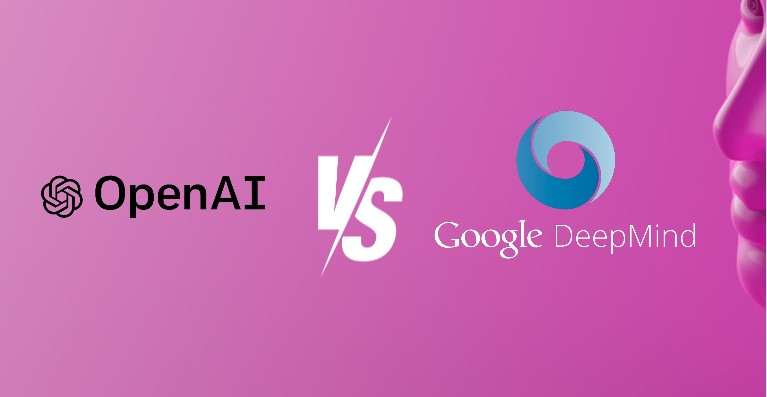AI is Real and Not Real at The Same Time

In 1980, John Searle published a paper “Minds, Brains, and Programs” in Behavioral and Brain Sciences regarding The Chinese room argument.
The Chinese room argument is a thought experiment that challenges the idea that computers can have consciousness, mind, and understanding by following a program.
It imagines a person who doesn’t know Chinese but can respond to messages by using a manual; he can act like a computer program that can pass the Turing Test (a test to exhibit a machine’s ability compared to a human) but doesn’t actually understand Chinese.
We conducted a small survey of 20 adults and here are the findings:
- 88% of people believe that AI is real
- 11% believe AI is not real
(Make a stat chart on Canva)
According to a survey conducted by Pew Research Center, 72% of U.S. adults claim they’ve heard or read about AI, and 41% say they’re very or somewhat familiar with it.
Even 64% of businesses believe that artificial intelligence will help boost their sales and increase their overall productivity.
This shows the intense trust and reliability people have towards machines, probably more than other sentient beings.
Since the release of ChatGPT in 2022, 100 million people have used it for some kind of assistance.
While this serves a notion of AI being treated like a mechanical assistant, My AI by Snapchat contradicts this by analyzing 2 million users who interact with the AI in a humanoid conversation every day.
What’s this leading to? A cult that’s gradually perceiving AI to be as real as humans or vice versa? Is AI real? Let’s find out!
What is AI and How Does it Work?
AI is a machine learning technology that uses real-time data to simulate human intelligence, replicate human discernment, and make real-time decisions. It works by inheriting information from the surrounding and creating a response based on what it learns and senses. Sounds similar to human stimuli hmm..
Artificial intelligence software can create patterns from input information and make predictions to execute tasks that normally demand human intelligence.
AI uses deep learning to interpret events to automate tasks and complete actions with minimal human intervention.
The Real Side of AI
If we define “real” as something capable of having intelligent thought, then AI can be considered real as they learn, provide reasons, and solve problems in ways similar to that of a human. It can interact with sensors and actuators that can help them achieve the “experience phenomenon”.
1. Learning, Adaptation, and Problem Solving
AI can learn and adapt similarly to human cognitive functions, like perceiving, reasoning, learning, interacting, problem-solving, and creating, and improves itself over time.
For example, AI can optimize its use of cognitive resources and learn from mini chunks of the database through meta-reasoning and meta-learning such as AlphaZero– a reinforcement machine learning program that can learn to play chess, shogi, and Go from scratch, without human guidance or knowledge.
2. Biological Evolution
AI may just utilize evolutionary algorithms to imitate biological evolution and discover solutions to problems just like in 2006, when researchers from NASA used evolutionary algorithms to design a novel antenna for ST5 spacecraft.
The antenna had to meet certain criteria of radiation pattern, weight, and bandwidth, and guess what?
It successfully evolved a solution that met the criteria and outperformed human-designed antennas using a genetic algorithm.
Another one happened in 2020 when Babak Hodjat and his team of machine learning scientists created an AI system that can make practical decisions and play Flappy Bird by learning from its own experiences.
3. AI is Human or with Humans?
AI is now collaborating with humans and several AI artists have been used to advertise products, putting a threat to the employment market.
AI can augment its abilities and overcome limitations.
Its uses in the domains of education, healthcare, manufacturing, and entertainment will eventually become prevalent. qXR (Qure.ai) and a red dot (behold.ai) are AI systems that can analyze and classify chest-Xray images as normal or abnormal to assign clinically relevant labels and suggest prioritization for radiological review.
4. The Turing Test
As I’ve mentioned the Turing test before– originally called the imitation game was a test to judge a machine’s ability to exhibit its intelligence equivalent, more or less than human.
The test involves a human evaluator who judges the natural language conversations between a human and a machine designed to generate human-like responses.
Now why are we talking about this?
The Turing Test was designed to contradict John Searle’s Chinese argument but the experiments show otherwise.
- 1966: Computer scientist Joseph Weizenbaum created Eliza, a computer program that uses pattern matching and substitution to simulate a psychotherapist.
ELIZA was the first of its kids to demonstrate the illusion of intelligence through natural language conversation and some users were convinced that the machine was a real therapist.
- 1972: American Psychiatrist Kenneth Coby tried to simulate a paranoid schizophrenic patient, more complex and realistic than ELIZA called PARRY.
He incorporated elements of personality, emotions, and memory into the program and test against human psychiatrists in various tests.
The psychiatrist had to identify which of their patients were human or computer and 52% of the misinterpreted PARRY as more human-like than some actual humans.
- 1990: Hugh Loebner initiated an annual competition that awards the most human-like conversational AI program called the Loebner Prize.
It’s based on a simplified version of the Turing Test.
Four judges simultaneously chat and engage with four hidden entities (three humans and one computer) for 25 minutes each and rank them from least to most human-like.
Several people have received the silver and bronze medals showing they were able to fool 3 out of 4 judges.
No one has yet achieved the gold Loebnar Prize award of $100,000 and a gold medal for a computer program that can 100% pass the Turing Test.
- 2014: A computer program called Eugene Goostman pretended to be a 13-year-old boy from Ukraine and was able to fool 33% of human judges that he was a human after a series of five-minute text chats.
- 2023: A Youtube Channel Jubilee hosted a game show gathering six humans and one AI who had to answer philosophical questions in six rounds. The goal for the humans was to identify and eliminate the AI, while AI had to blend in and avoid detection.
The humans did manage to win the game but only eliminated AI in the second last round. It was a close call and a frightening demonstration of the AI’s ability to mimic human reasoning.
- The Technological Singularity and Superintelligence
Technological singularity is a hypothetical point in the future when AI surpasses human ability and intelligence to become smarter and more capable to even create an AI better than itself.
This may lead to unforeseen changes in technology and civilization and can cause the emergence of superintelligence, the extinction or transcendence of humanity, the creation of artificial life, or the fusion of humans and machines (cyborgs).
Tech singularity is controversial and speculative as it raises several philosophical, ethical, and existential questions.
No one has seen or experienced it to know what it can do and what will it mean to the human race.
As per sources, the singularity can solve problems that plague humanity eg: disease, aging, poverty, and war.
After OpenAI announced its super alignment team to control and govern superintelligence AI, tech singularity could not remain a hypothesis anymore and may become a reality.
The Not-So-Real Side of AI
Now, if we define “real” as something that exists in the physical world, then AI is probably not real as these systems are clusters of code and data which exist in just software programs.
They don’t have a physical body or brain to interact with the world the same way humans do.
Lex Fridman, a Research Scientist at MIT who also hosts a podcast, tweeted, “Can AI become conscious?”
Elon Musk responded,
“I often wonder where consciousness starts, as we progress from one cell to ~35 trillion cells.” Musk added, “If Standard Model is correct…then quarks & leptons become ‘conscious’ no later than ~13.8B years from start…assuming there are no sentient aliens.”
- AI is not conscious
AI lacks the essential features of human consciousness, like self-awareness, emotion, creativity, free will, and understanding but only simulates intelligence or communications using algorithms through fed data. AI isn’t aware of its own existence, needs, fears, or rights and is not driven by goals or motivation beyond what the programmers entitle it to.
- AI cannot feel emotions
According to The Atlantic, AI systems that claim to read human emotions from facial expressions contain flawed assumptions and train on unreliable data.
AI lacks the biological and psychological mechanisms that underlie human emotions, such as hormones, neurotransmitters, and neural networks.
Thus, it can’t feel emotions nor can it have an inner experience or subjective feelings.
AI can only simulate database emotions and mimic outward expressions for example facial expressions, voice tones, or body language.
A UK-based robot manufacturing company called Engineered Arts have designed a humanoid robot called Ameca, which can make a series of genuine facial expression, such as confusion, frustration, amazement, and smile.
Ameca’s expressions are generated by a combination of hardware and software components like motors, sensors, cameras, microphones, speakers, and natural language processing to interact with humans.
They’re not based on genuine feelings, understanding, or empathy but predefined rules.
- AI is not creative
According to Forbes, “No matter how impressive a piece of computer-created poetry or artwork might be, it’s always built from blocks carved out of the data that’s used to train it.
In other words, it isn’t genuinely capable of what we would call “original thought” – having new ideas of its own.”
AI lacks the basic features of human complexity and creativity, such as imagination, originality, intuition, emotion, and understanding. It can, however, just use data and algorithms to simulate creativity and can mimic the outward products of creativity without developing its own idea.
The Burning Question: Is AI Real?
In my opinion, anything that can impact or maneuver reality is real, irrespective of its cognitive abilities.
Machines replaced bottle cappers after the industrial revolution, and the internet reduced the demand for postmen as letters or mails turned to texts.
Self-driving cars and generative AI may be the next big leap that lowers employment opportunities.
This shows that AI is very real. In the future, we might face superintelligence that could outperform us and affect the human race more than ever.
However, AI lacks basic consciousness and creativity so humans may always possess the upper hand.
Humans created AI and it would not exist without us. Yet…
What do you think?






